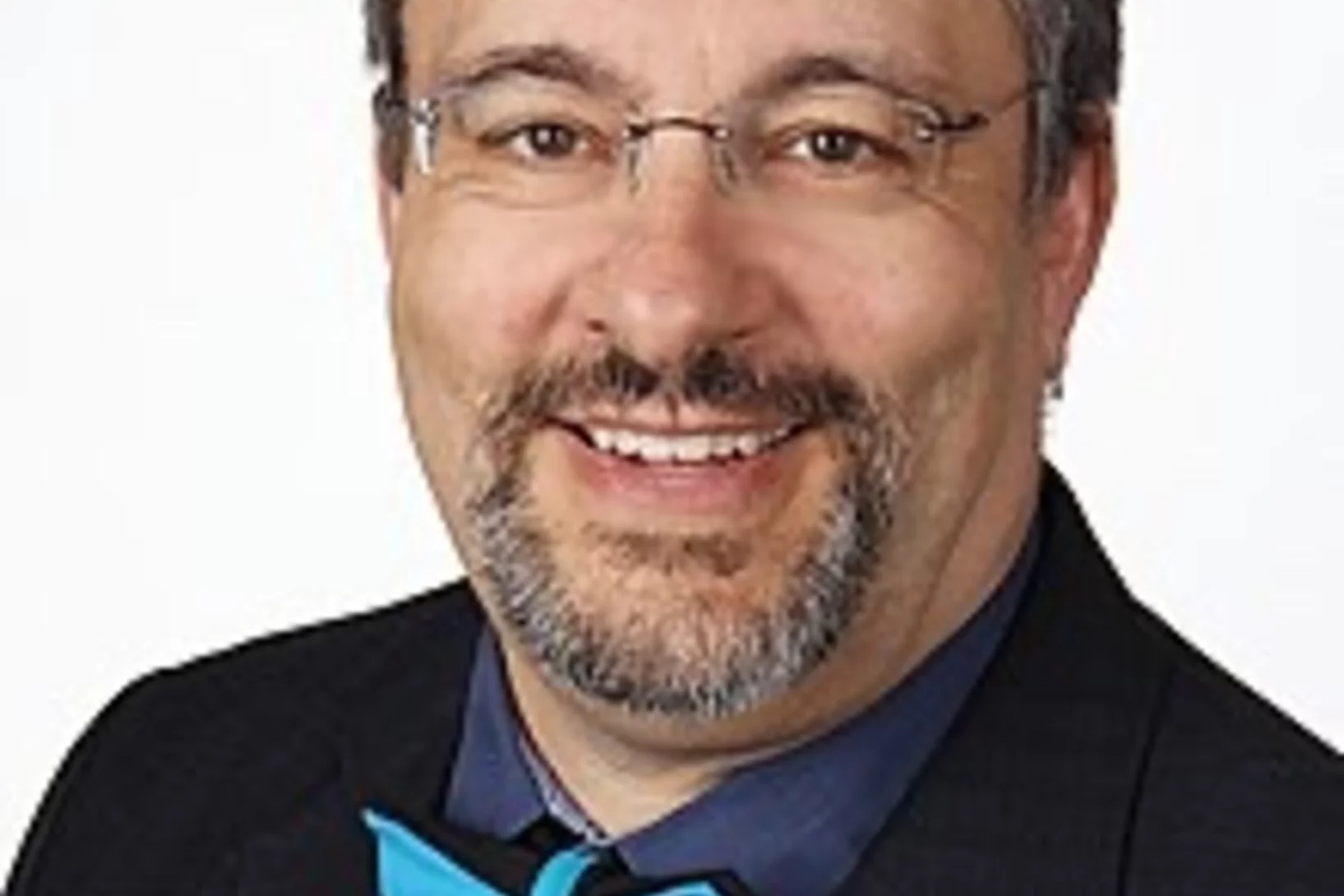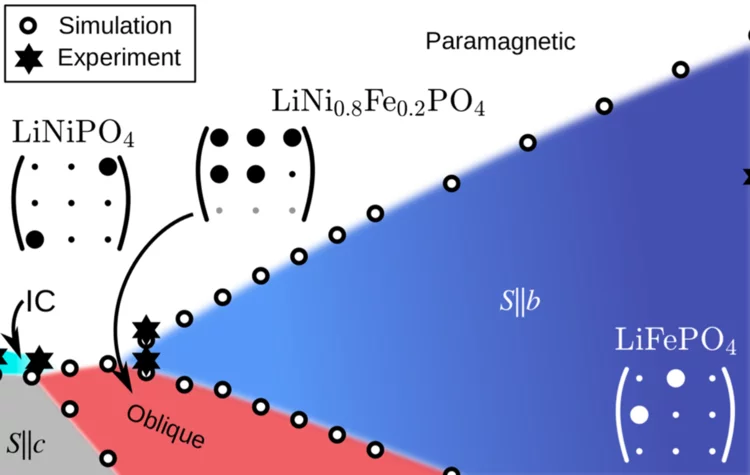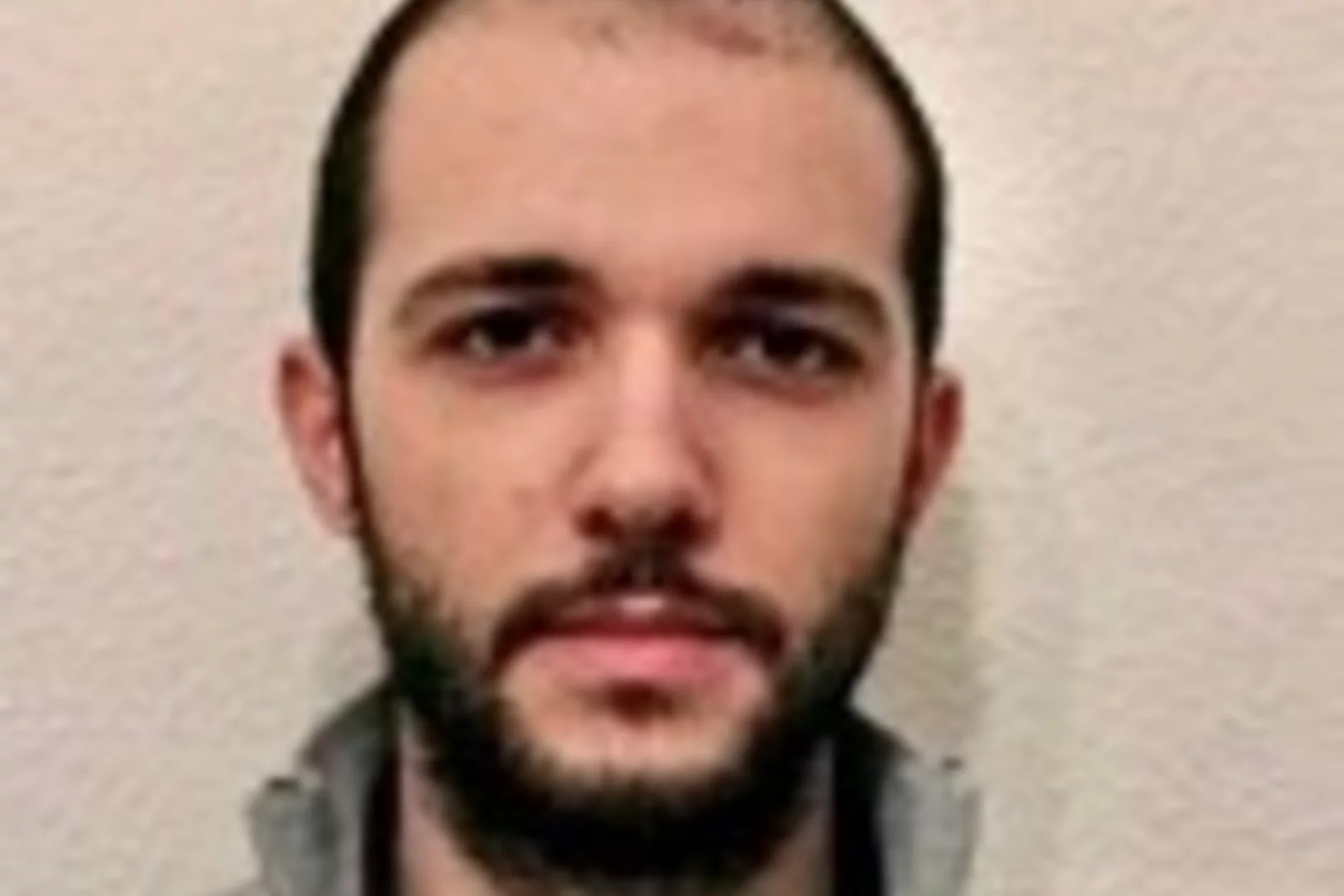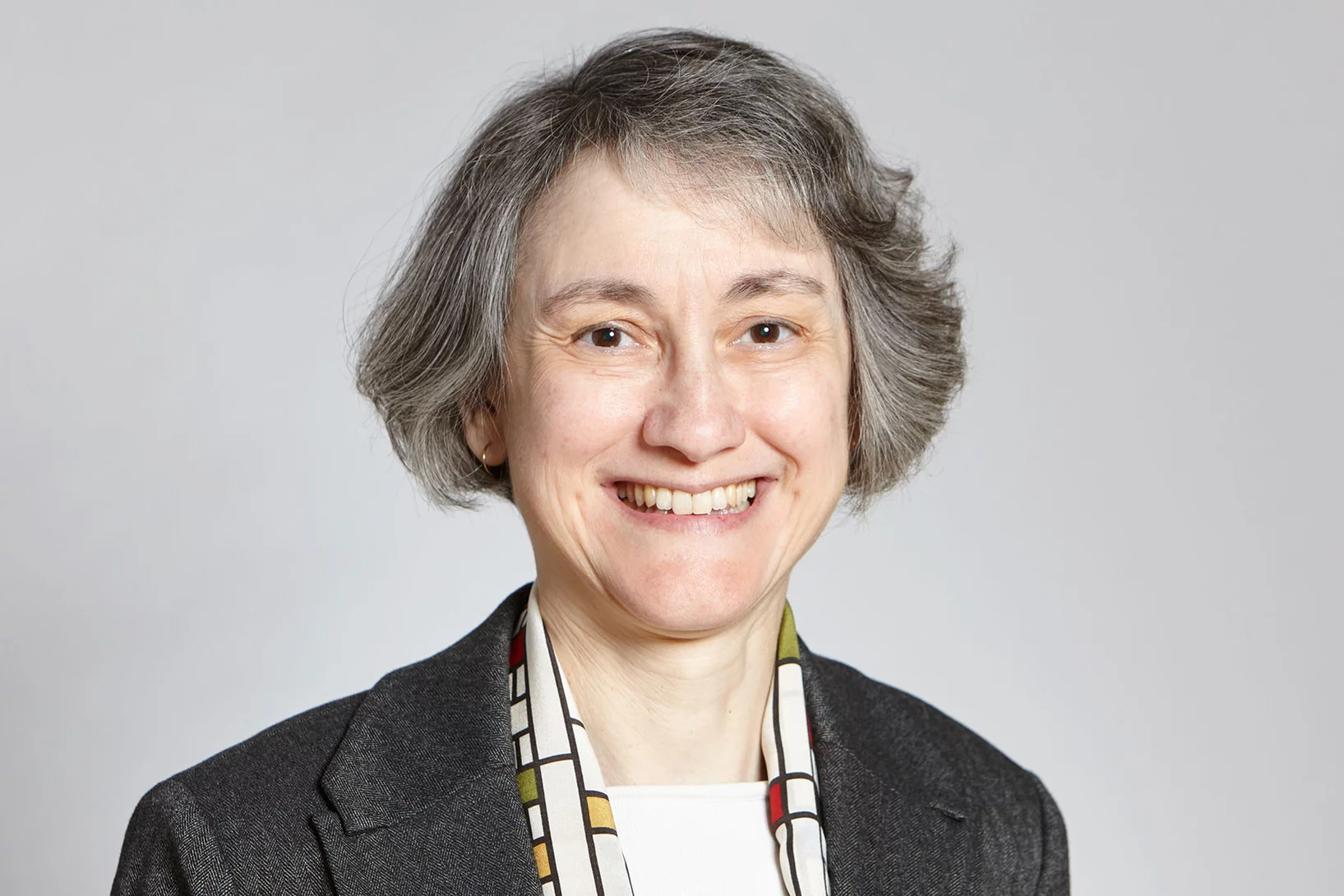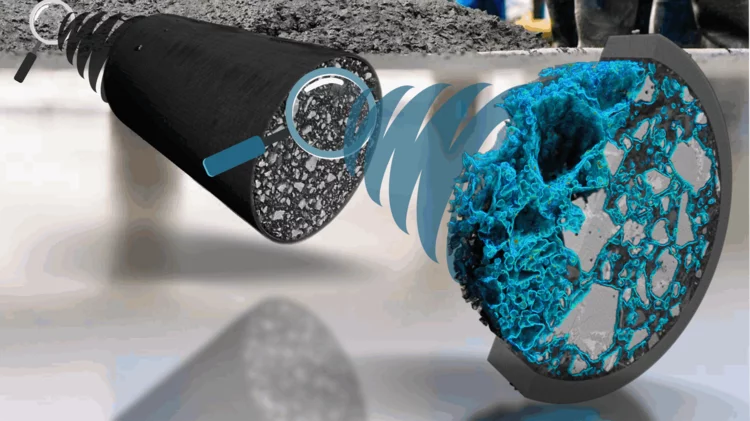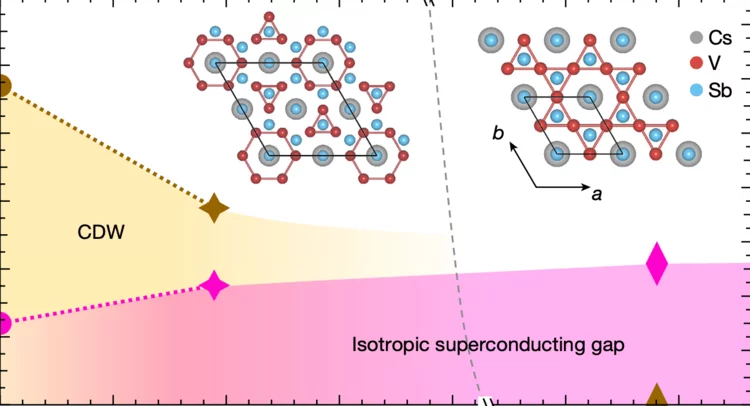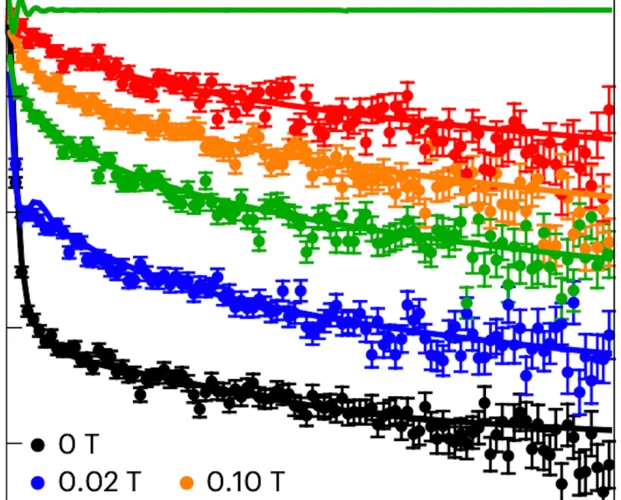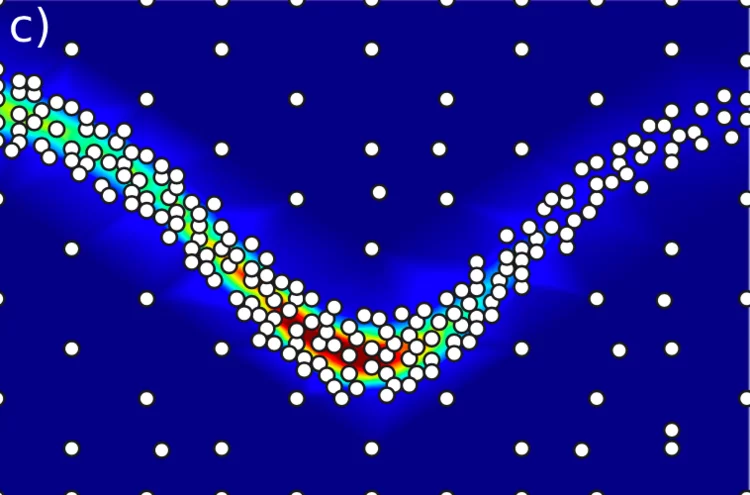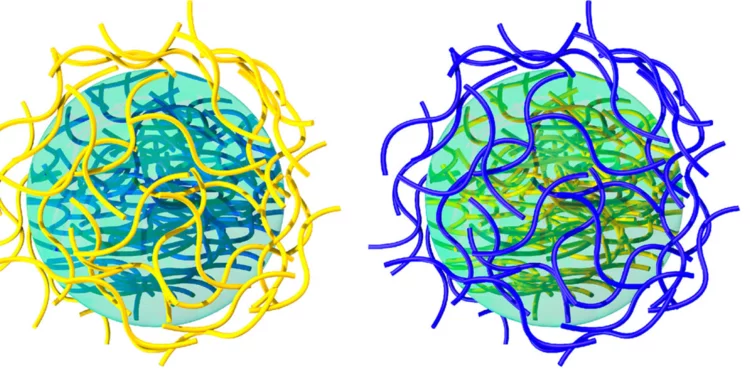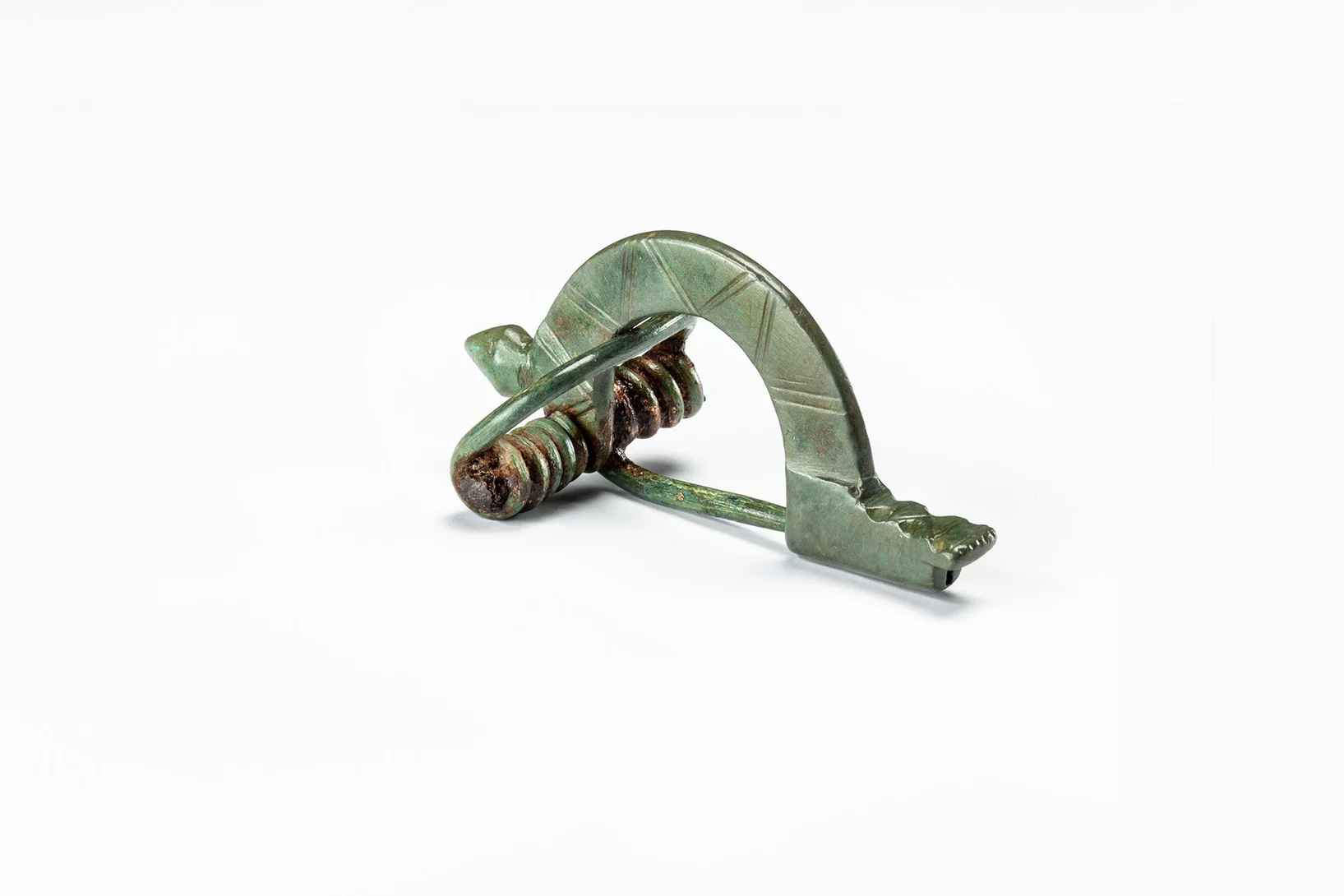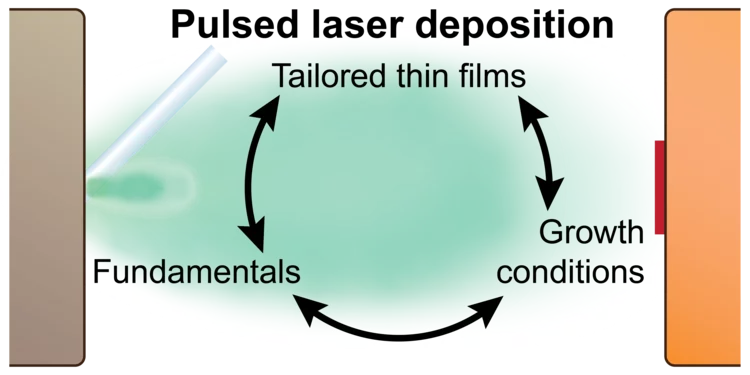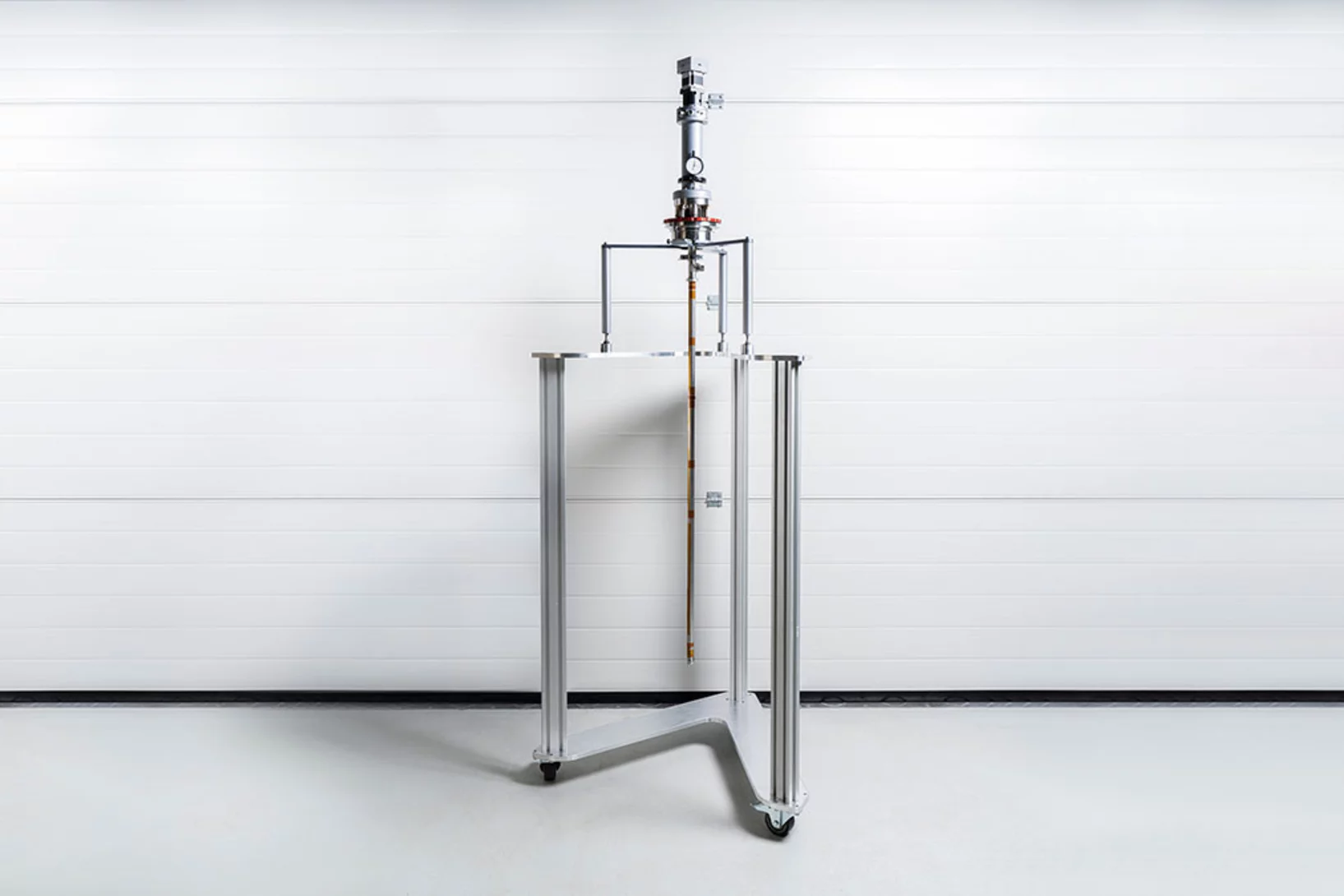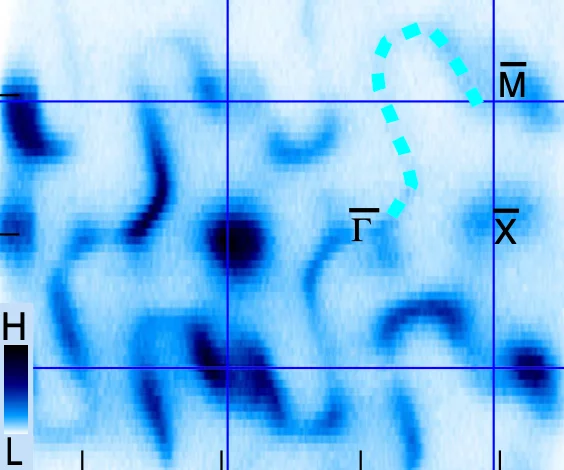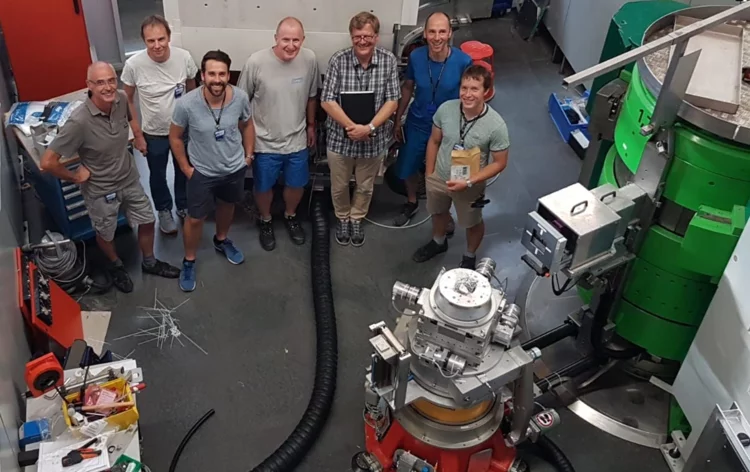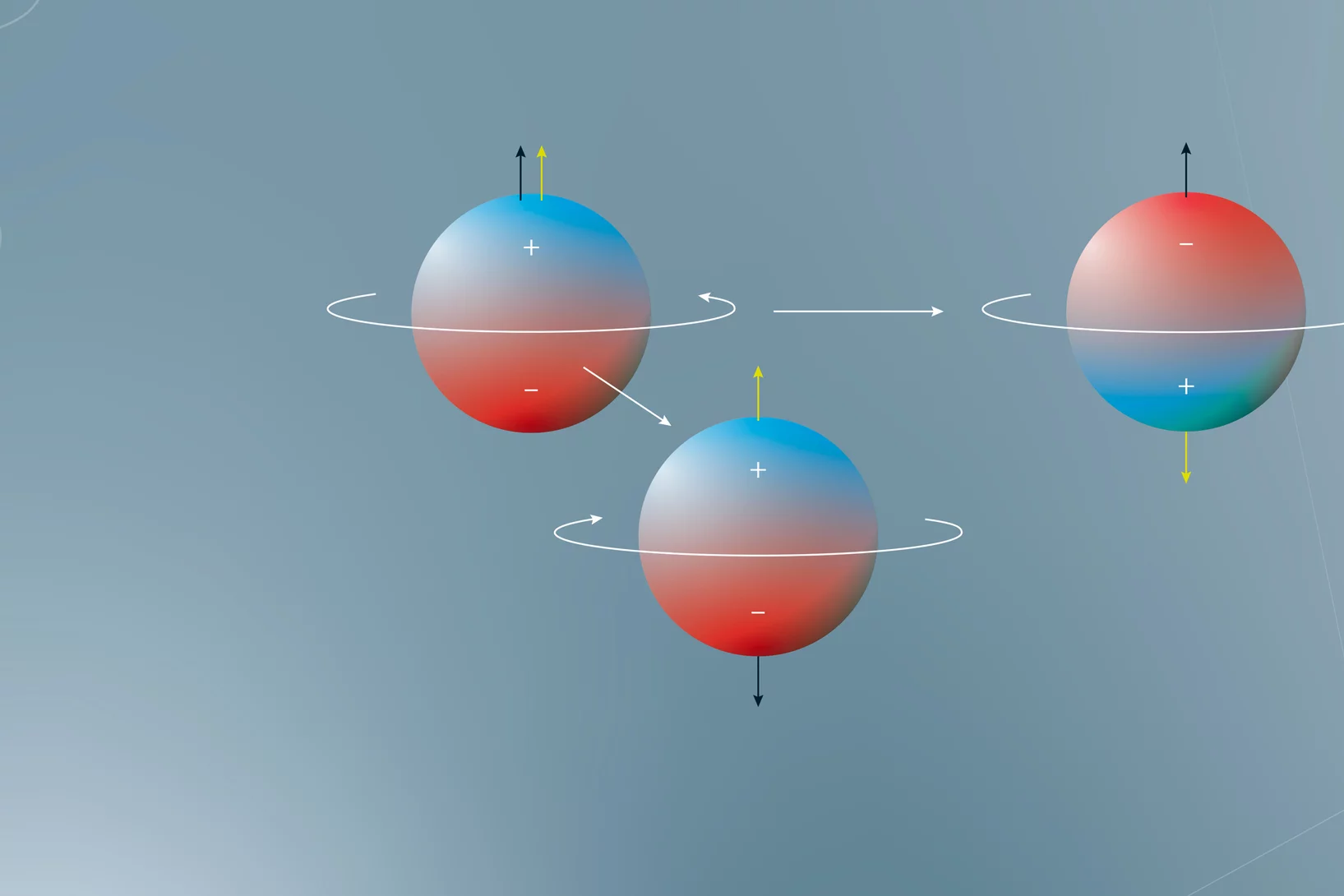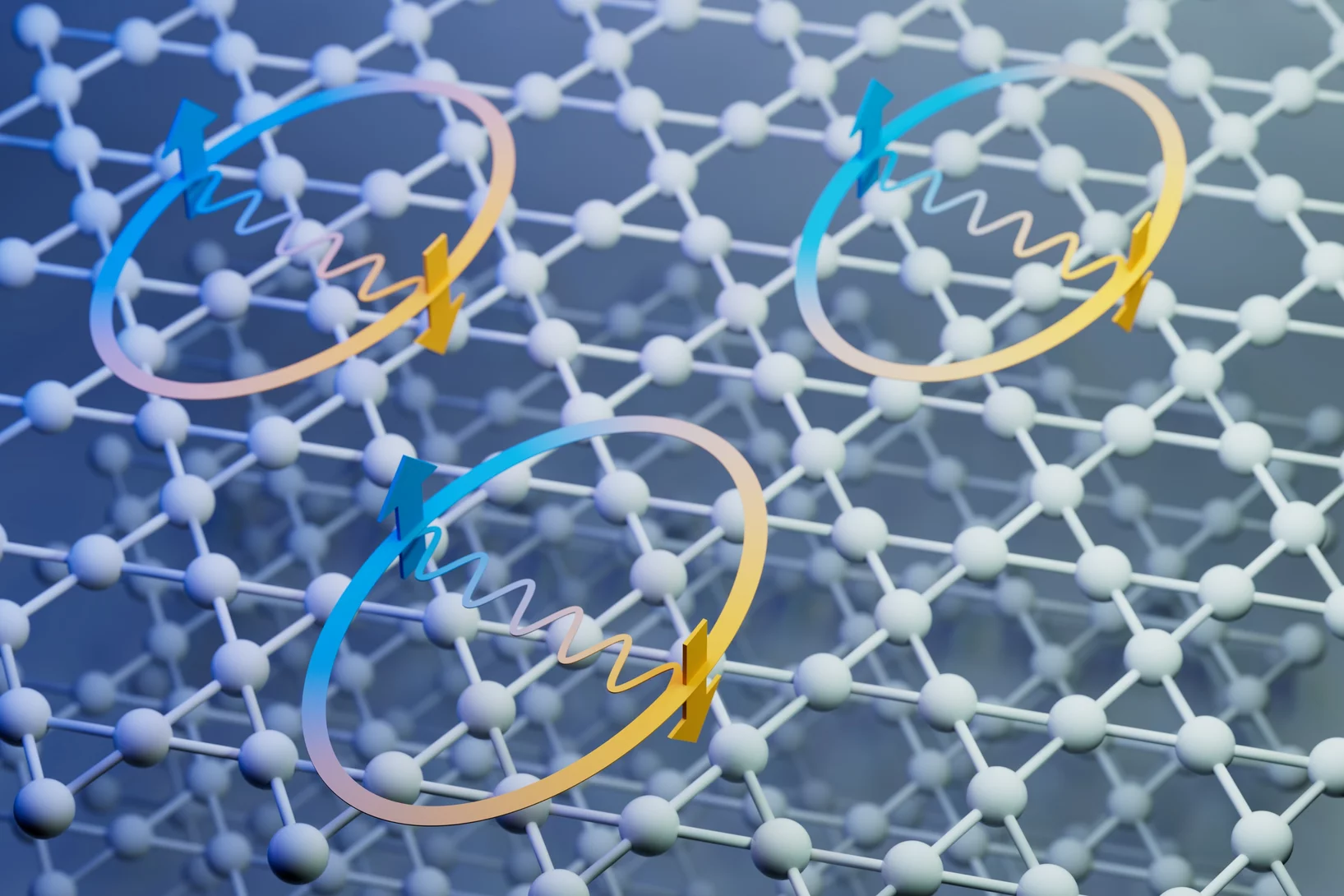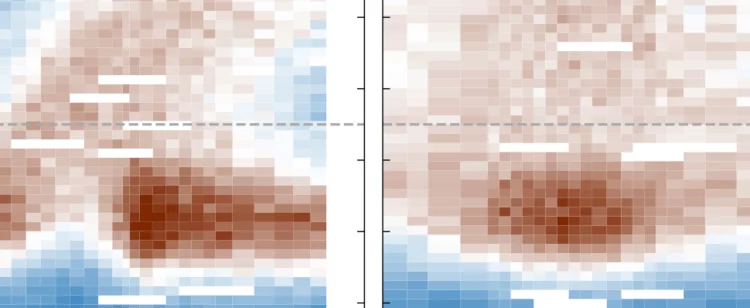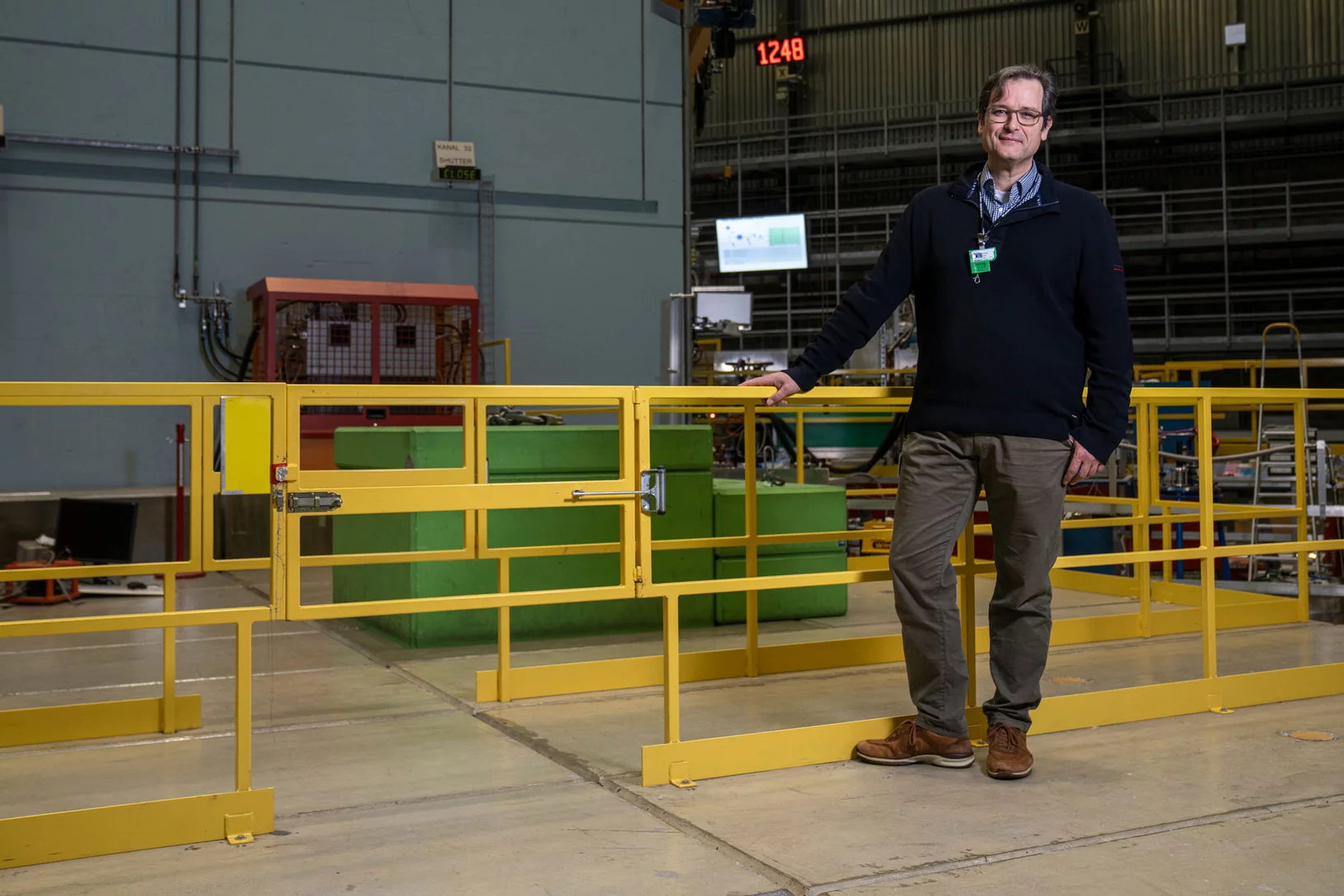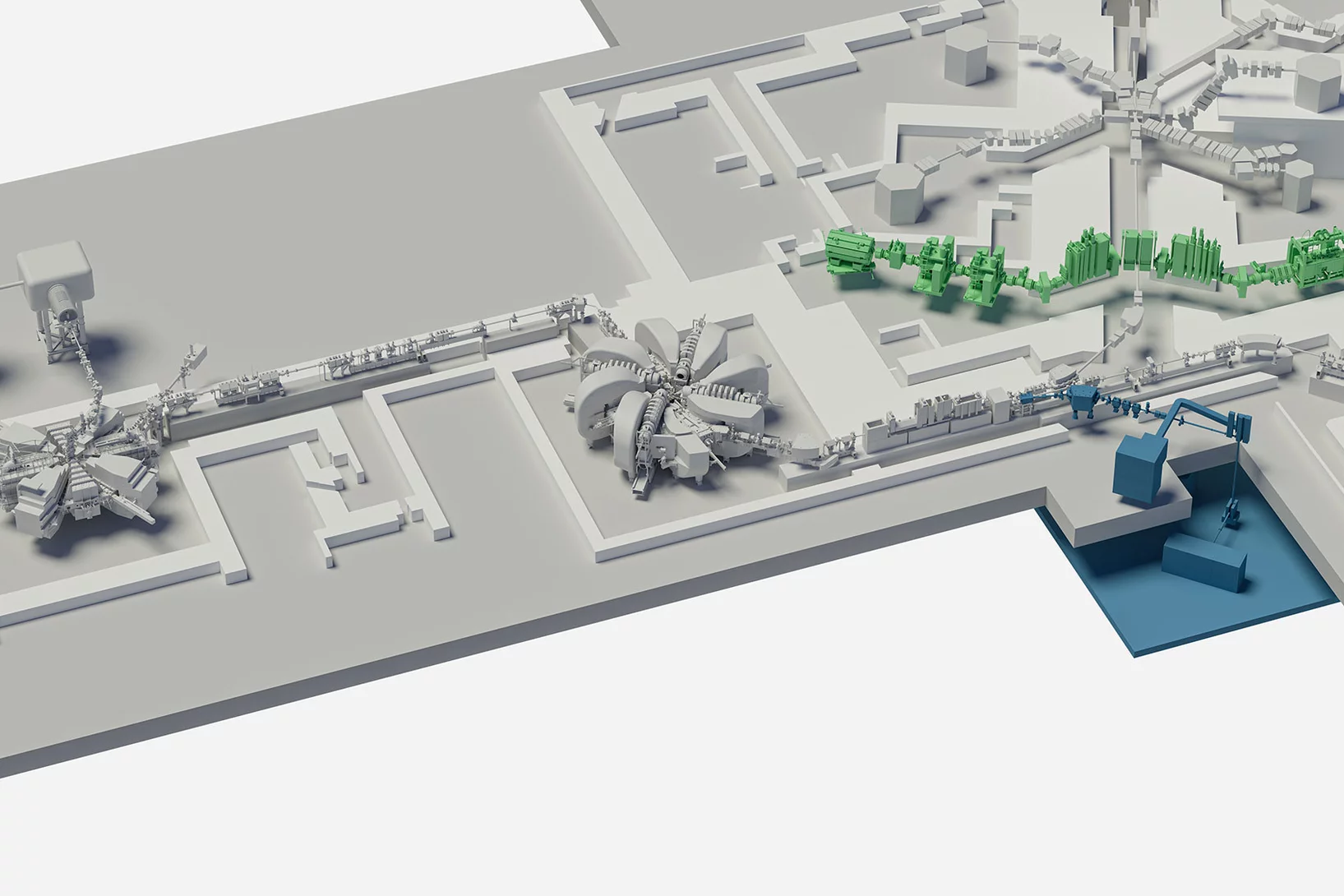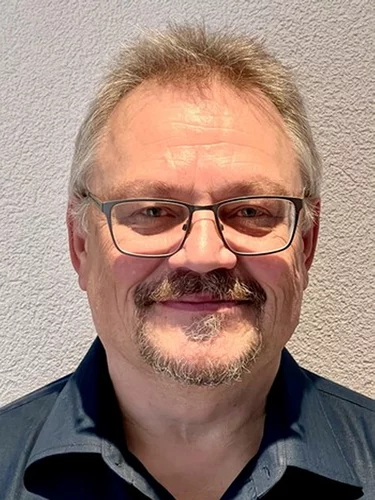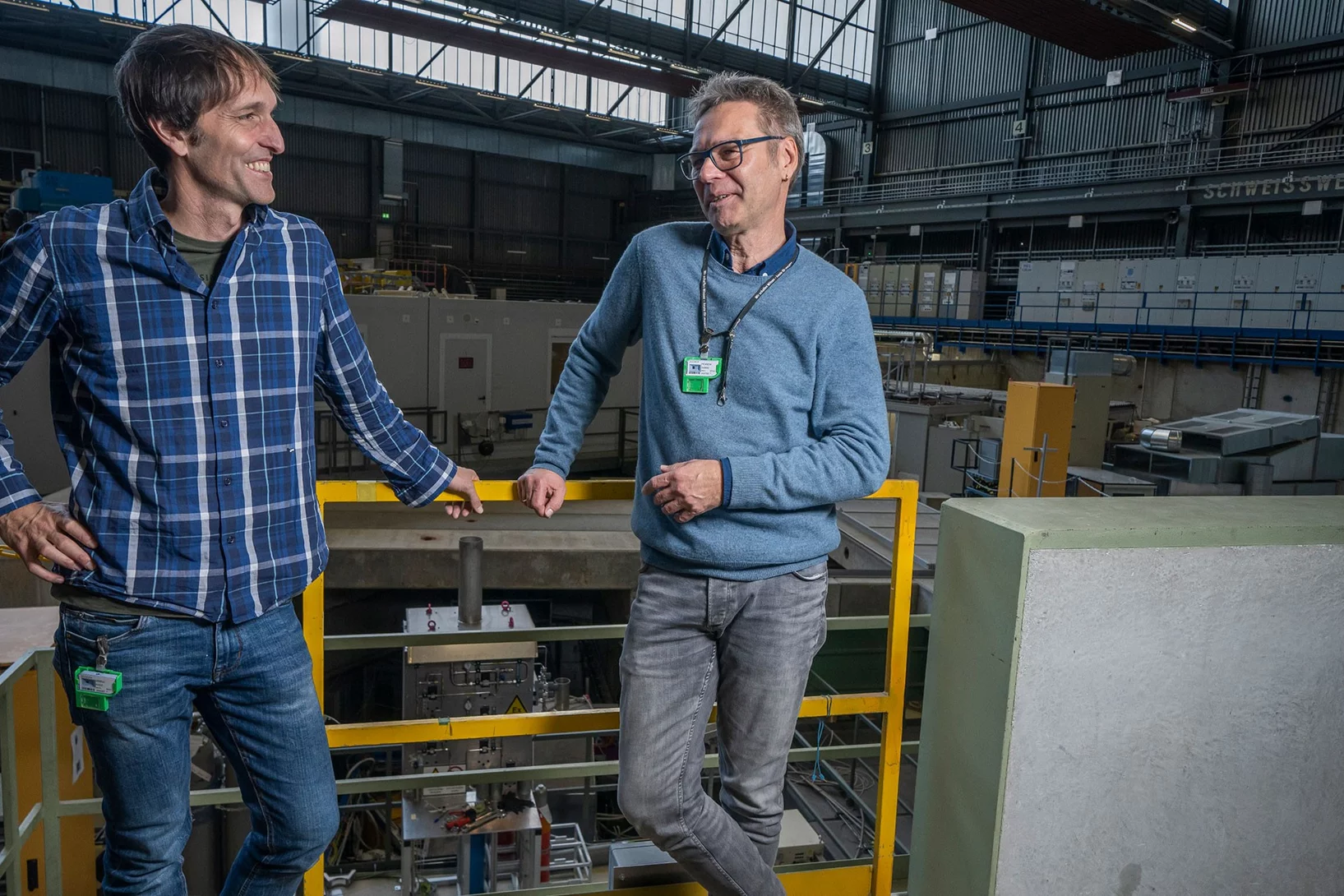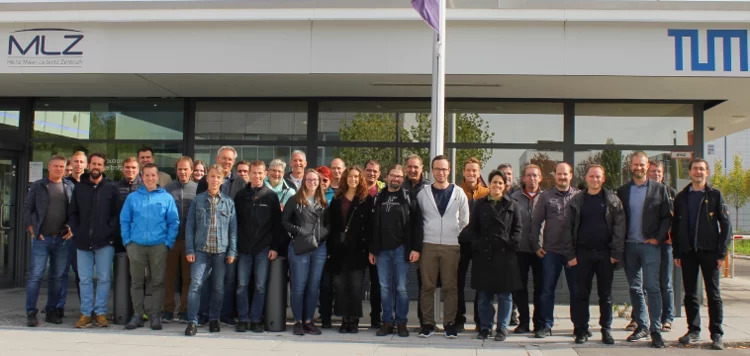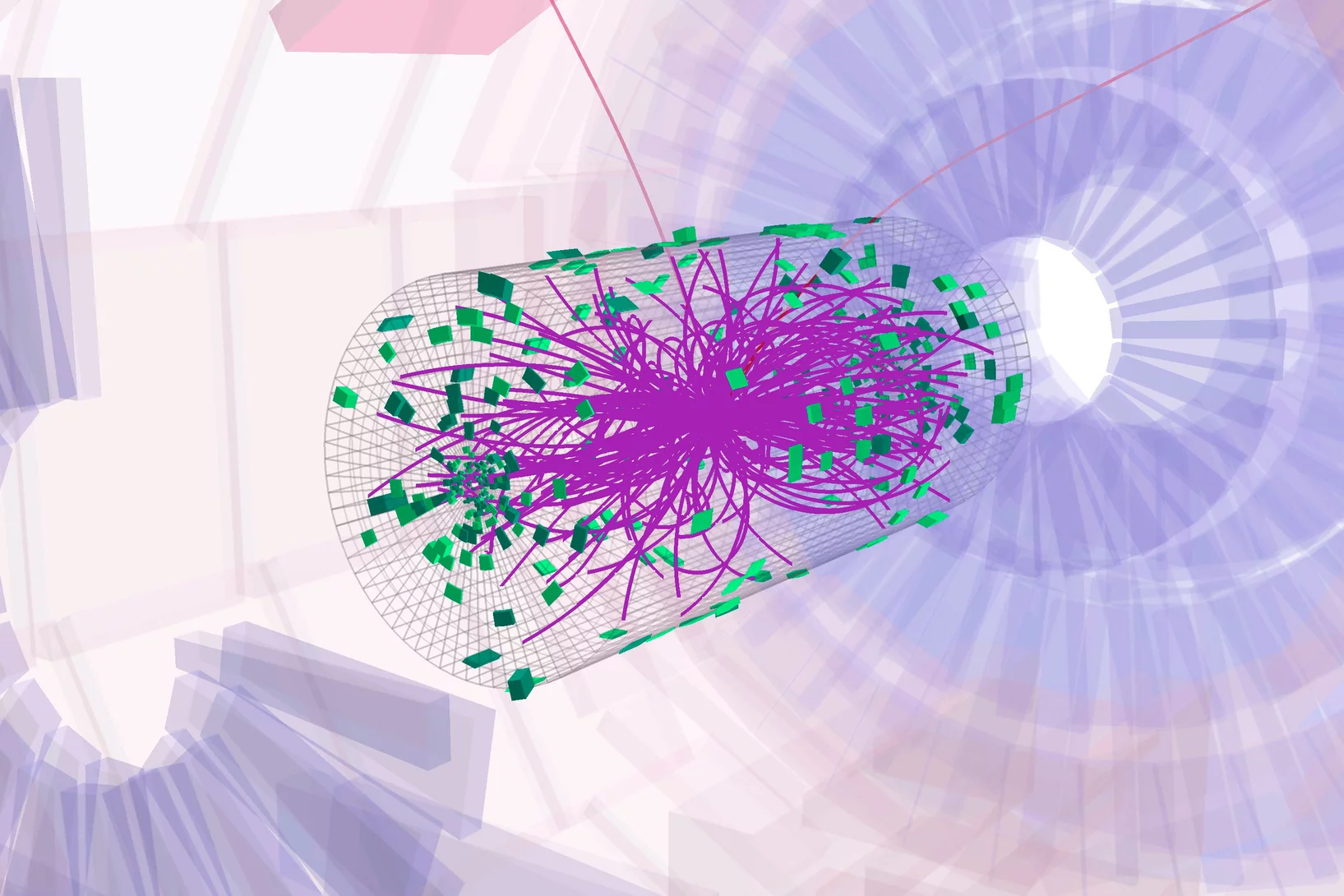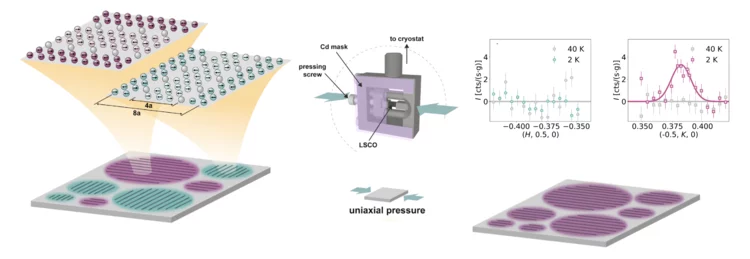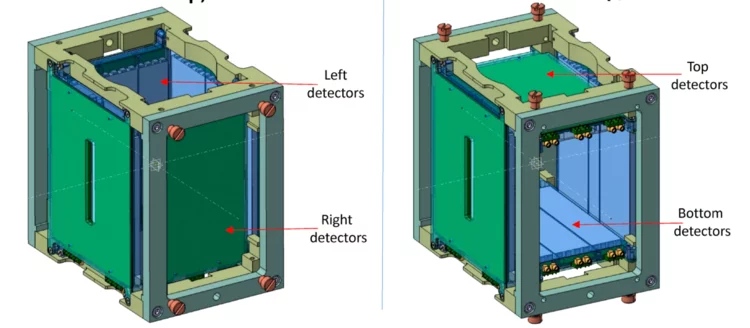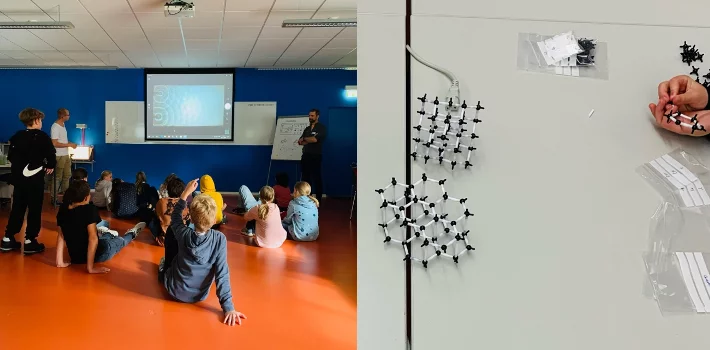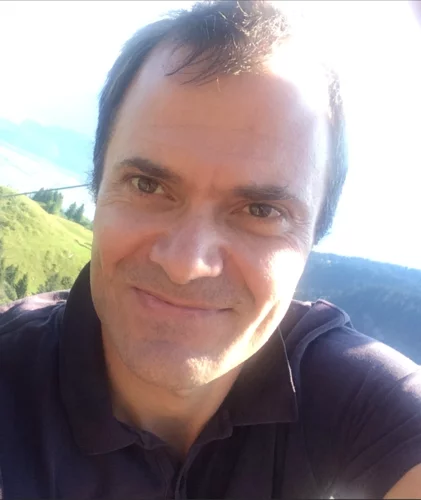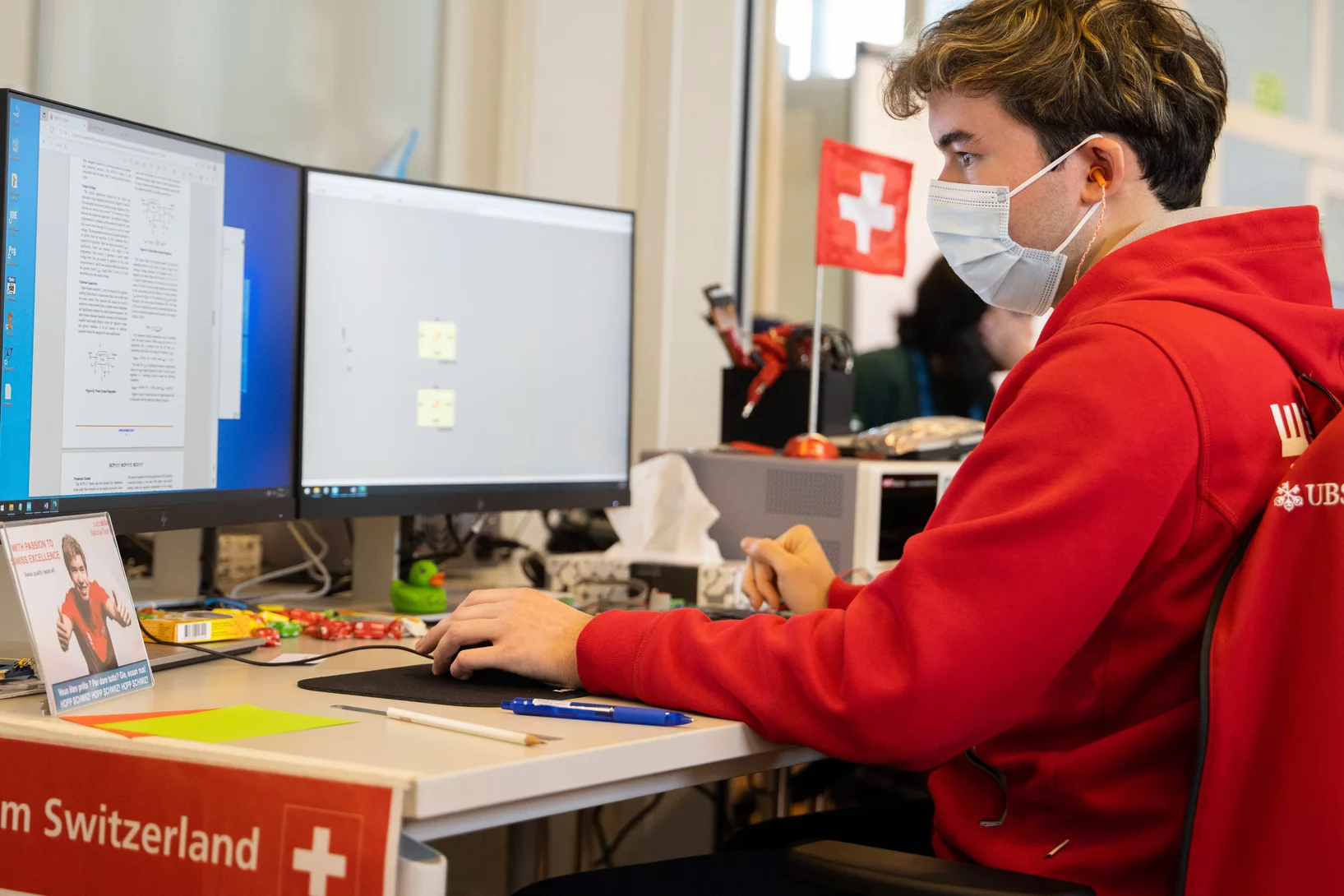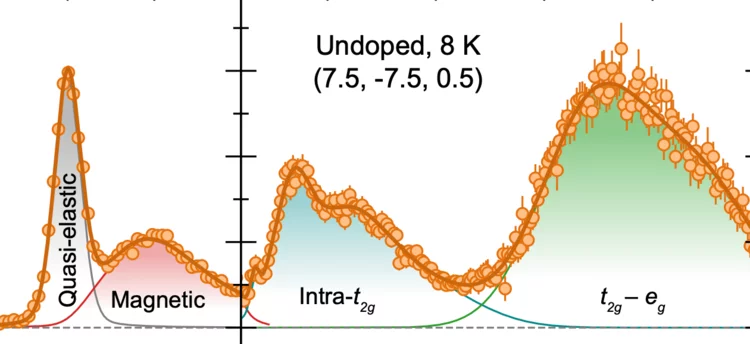Here you find current and previous news from the PSI Center for Neutron and Muon Sciences.
Shea Distinguished Member Award of IEEE NPSS to Stefan Ritt
The Nuclear & Plasma Sciences Society of IEEE acknowledges the outstanding contributions of Dr. Stefan Ritt in terms of technological developments and services to the NPSS community with the 2023 Richard F. Shea Distinguished Member Award.
Tuning magnetoelectricity in a mixed-anisotropy antiferromagnet
Control of magnetization and electric polarization is attractive in relation to tailoring materials for data storage and devices such as sensors or antennae. In magnetoelectric materials, these degrees of freedom are closely coupled, allowing polarization to be controlled by a magnetic field, and magnetization by an electric field, but the magnitude of the effect remains a challenge in the case of single-phase magnetoelectrics for applications.
Marino Missiroli elected Trigger Coordinator of the CMS experiment at CERN
Marino Missiroli, a postdoctoral researcher in the High-Energy Particle Physics group of the Laboratory for Particle Physics (LTP) in NUM, will join the management team of the CMS experiment at CERN as Trigger Co-Coordinator in September 2023.
Laura Heyderman elected Royal Society Fellow
Laura’s nomination recognises almost 30 years of research into magnetic materials and magnetism on the nanoscale.
A deep look into hydration of cement
Researchers led by the University of Málaga show the Portland cement early age hydration with microscopic detail and high contrast between the components. This knowledge may contribute to more environmentally friendly manufacturing processes.
Nodeless electron pairing in CsV3Sb5-derived kagome superconductors
The newly discovered kagome superconductors represent a promising platform for investigating the interplay between band topology, electronic order and lattice geometry. Despite extensive research efforts on this system, the nature of the superconducting ground state remains elusive. In particular, consensus on the electron pairing symmetry has not been achieved so far, in part owing to the lack of a momentum-resolved measurement of the superconducting gap structure. Here we report ...
Quantum disordered ground state in the triangular-lattice magnet NaRuO2
It has long been hoped that spin liquid states might be observed in materials that realize the triangular-lattice Hubbard model. However, weak spin–orbit coupling and other small perturbations often induce conventional spin freezing or magnetic ordering. Sufficiently strong spin–orbit coupling, however, can renormalize the electronic wavefunction and induce anisotropic exchange interactions that promote magnetic frustration.
Active learning-assisted neutron spectroscopy with log-Gaussian processes
Neutron scattering experiments at three-axes spectrometers (TAS) investigate magnetic and lattice excitations by measuring intensity distributions to understand the origins of materials properties. The high demand and limited availability of beam time for TAS experiments however raise the natural question whether we can improve their efficiency and make better use of the experimenter’s time.
Jupiter mission to explore conditions conducive to life
Ganymede, Callisto and Europa: Jupiter’s icy moons are the destination of the upcoming ESA mission. On board: a high-tech detector developed by PSI.
Amyloid-polysaccharide interfacial coacervates as therapeutic materials
Coacervation via liquid-liquid phase separation provides an excellent oppor- tunity to address the challenges of designing nanostructured biomaterials with multiple functionalities. Protein-polysaccharide coacervates, in particular, offer an appealing strategy to target biomaterial scaffolds, but these systems suffer from the low mechanical and chemical stabilities of protein-based condensates. Here we overcome these limitations by transforming native proteins into amyloid fibrils and demonstrate ...
Muonic X-rays peer into brooch from Roman city
Using Muon Induced X-ray Emission, researchers could reveal the inner composition of a knob-bow fibula, excavated at Augusta Raurica in northern Switzerland.
A practical guide to pulsed laser deposition
Nanoscale thin films are widely implemented across a plethora of technological and scientific areas, and form the basis for many advancements that have driven human progress, owing to the high degree of functional tunability based on the chemical composition. Pulsed laser deposition is one of the multiple physical vapour deposition routes to fabricate thin films, employing laser energy to eject material from a target in the form of a plasma ...
How to squash things carefully
A new in situ uniaxial pressure cell at Paul Scherrer Institute PSI gives scientists unrivalled control to tweak quantum materials microscopically and tune their properties.
Visualizing Higher-Fold Topology in Chiral Crystals
Novel topological phases of matter are fruitful platforms for the discovery of unconventional electromagnetic phenomena. Higher-fold topology is one example, where the low-energy description goes beyond standard model analogs. Despite intensive experimental studies, conclusive evidence remains elusive for the multigap topological nature of higher-fold chiral fermions. In this Letter, we leverage a combination of fine-tuned chemical engineering and photoemission spectroscopy with photon energy contrast to discover the higher-fold topology of a chiral crystal.
Commissioning of the novel Continuous Angle Multi-energy Analysis spectrometer at the Paul Scherrer Institut
We report on the commissioning results of the cold neutron multiplexing secondary spectrometer CAMEA (Continuous Angle Multi-Energy Analysis) at the Swiss Spallation Neutron Source at the Paul Scherrer Institut, Switzerland. CAMEA is optimized for ...
More light in the darkness
At PSI, researchers want to fill the missing gaps in the Standard Model of particle physics with the help of the large research facilities.
Unconventional superconductivity found in kagome metal
Physicists using muon spin spectroscopy at PSI make the missing link between their recent breakthrough in Nature and unconventional superconductivity
Fate of charge order in overdoped La-based cuprates
In high-temperature cuprate superconductors, stripe order refers broadly to a coupled spin and charge modulation with a commensuration of eight and four lattice units, respectively. How this stripe order evolves across optimal doping remains a controversial question. Here we present a systematic resonant inelastic x-ray scattering study of weak charge correlations in La2−xSrxCuO4 and La1.8−xEu0.2SrxCuO4. Ultra high energy resolution experiments demonstrate the importance of the separation of inelastic and elastic scattering processes.
Further optimising car brakes
Research scientists at PSI and ANAXAM use neutrons to look inside brake callipers and identify potential ways of reducing CO2 emissions.
A two-part upgrade for the proton accelerator
A two-part upgrade is planned for HIPA starting in 2025. Preparations are already under way.
Appointment of Thomas Lippert as new head of the Laboratory for Multiscale Materials Experiments (LMX)
Starting 1. December 2022, Prof. Dr. Dr. Thomas Lippert will be the new head of the Laboratory for Multiscale Materials Experiments (LMX). He follows Prof. Dr. Laura Heyderman, our first laboratory head who successfully formed and established the LMX in the PSI landscape as a Centre of Materials.
Making sense of the muon’s misdemeanours
An exotic atom called muonium could explain why muons won’t stick to the rules, believe researchers using the Swiss Muon Source at Paul Scherrer Institute PSI.
The Laboratory for Neutron and Muon Instruments visits FRM II neutron research facility
Recently, the staff of the PSI’s Laboratory for Neutron and Muon Instrumentation (LIN) visited our colleagues at MLZ to learn more about the FRM II reactor and its instrumentation, as well as to discuss current and future joint projects. LIN staff was greeted with Bavarian hospitality in the form of “Weisswurst Frühstück” and then enjoyed a full tour of the facility and many fruitful discussions.
Upgraded pixel detector back in action at CERN
Built at Paul Scherrer Institute, the detector forms the heart of the CMS experiment. It is producing data again following an upgrade during the LHC shutdown.
Single-domain stripe order in a high-temperature superconductor
The coupling of spin, charge and lattice degrees of freedom results in the emergence of novel states of matter across many classes of strongly correlated electron materials. A model example is unconventional superconductivity, which is widely believed to arise from the coupling of electrons via spin excitations. In cuprate high-temperature superconductors, the interplay of charge and spin degrees of freedom is also reflected in a zoo of charge and spin- density wave orders that are intertwined with superconductivity ...
Perspective on muon-spin rotation/relaxation under hydrostatic pressure
Pressure, together with temperature, electric, and magnetic fields, alters the system and allows for the investigation of the fundamental prop- erties of matter. Under applied pressure, the interatomic distances shrink, which modifies the interactions between atoms and may lead to the appearance of new (sometimes exotic) physical properties, such as pressure-induced phase transitions; quantum critical points; new structural, magnetic, and/or superconducting states; and changes of the temperature evolution and symmetry of the order parameters...
Kinderuniversität Zürich visits PSI
On November 5, 2022, the Laboratory for Neutron and Muon Instrumentation in collaboration with the Correlated Quantum Matter group at the University of Zurich carried out the workshop “Wellenspiele” (German for “Playing with Waves”) for the Kinderuniversität Zürich (“Children’s University Zurich”) for the first time.
Harald Ita appointed Associate Professor ad personam at University of Zurich
Harald Ita, currently senior scientist at the Laboratory for Particle Physics at NUM/PSI was appointed as Associate Professor ad personam at UZH Zurich. Harald is an international acclaimed researcher in the field of theoretical high-energy particle physics.
Silver Medal in Electronics for Mario Liechti
PSI electronics technician Mario Liechti comes in second place at the world championships for non-academic professions.
Emergence of spinons in layered trimer iridate Ba4Ir3O10
Spinons are well-known as the elementary excitations of one-dimensional antiferromagnetic chains, but means to realize spinons in higher dimensions is the subject of intense research. Here, we use resonant x-ray scattering to study the layered trimer iridate Ba4Ir3O10, which shows no magnetic order down to 0.2 K. An emergent one-dimensional spinon continuum is observed that can be well-described by XXZ spin-1/2 chains with magnetic exchange of ∼55 meV and a small Ising-like anisotropy. With 2% isovalent Sr doping ...


